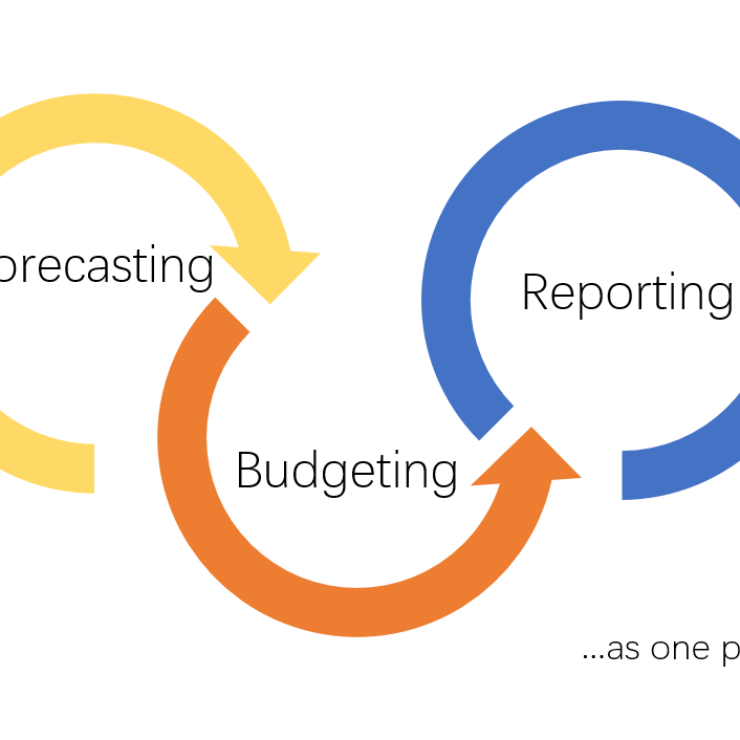Enterprise Resource Planning, or ERP, is a software program that unifies and controls many parts of a company’s operations onto a single platform. It acts as a focal point for gathering, archiving, and analysing data from many organizational departments and functions. ERP’s main objective is to increase productivity, improve decision-making, and streamline processes by supplying accurate, complete, and real-time information.
ERP software for human resources is a specific module or component inside an ERP system that focuses on managing HR-related procedures and data. It is also known as HRMS (Human Resource Management System) or HRIS (Human Resource Information System). It offers a full range of tools and features to improve workforce management, automate jobs, and optimize HR operations.
The following are some significant ways that ERP software improves worker management:
1. Centralized Employee Data:
All employee-related data, such as personal information, employment history, performance reviews, training records, and more, is centrally stored in an ERP system. This enables HR professionals to manage employee data, access thorough employee profiles, and make informed decisions based on precise and current information.
2. Recruitment and Onboarding:
It is simpler to draw in, screen out, and hire qualified people thanks to the automation of the recruitment and onboarding processes by ERP software. It can speed up offer management, scheduling of interviews, resume analysis, and job advertising. Automating the generation of employee profiles, document management, and orientation duties also makes for a smooth onboarding process.
3. Time and Attendance Management:
ERP software facilitates effective management of employee time monitoring, leaves, and attendance. Through a variety of tools, including biometric sensors, RFID cards, and mobile applications, it may collect attendance data. HR can monitor attendance policies, keep track of leaves of absence, and calculate employee work hours precisely with real-time data.
4. Performance Management:
The use of ERP software offers a disciplined framework for goal-setting, performance monitoring, and staff evaluation. It enables managers and HR experts to set performance metrics, track development, and give fast feedback. Organizations can identify top performers, fix skill shortages, and plan for employee development and career growth when full performance data is available.
5. Training and Development:
By administering training programs, monitoring participation, and analysing results, ERP software aids in the training and development of employees. HR departments can use it to organize training catalogues, plan sessions, handle registrations, and monitor completion. As a result, the workforce’s overall capabilities are increased because employees now have the knowledge and skills necessary to carry out their responsibilities successfully.
6. Payroll and Benefits Administration:
Automating payroll operations using ERP software ensures the correct computation of wages, deductions, and benefits. Complex payroll regulations, tax computations, and compliance requirements can all be handled by it. It lowers manual effort and reduces errors by integrating with time and attendance systems.
7. Analytics and Reporting:
HR departments have access to robust analytics and reporting tools thanks to ERP software. It creates thorough reports and dashboards that provide information on a variety of topics, including workforce trends, employee performance, turnover rates, and training efficacy. These data-driven insights help firms discover areas for improvement, allocate resources more effectively, and match HR policies with corporate objectives.
Overall, ERP software for human resources plays a crucial role in enhancing workforce management by streamlining processes, improving data accuracy, and providing valuable insights. It enables HR departments to focus on strategic initiatives, optimize employee engagement, and contribute to overall organization




